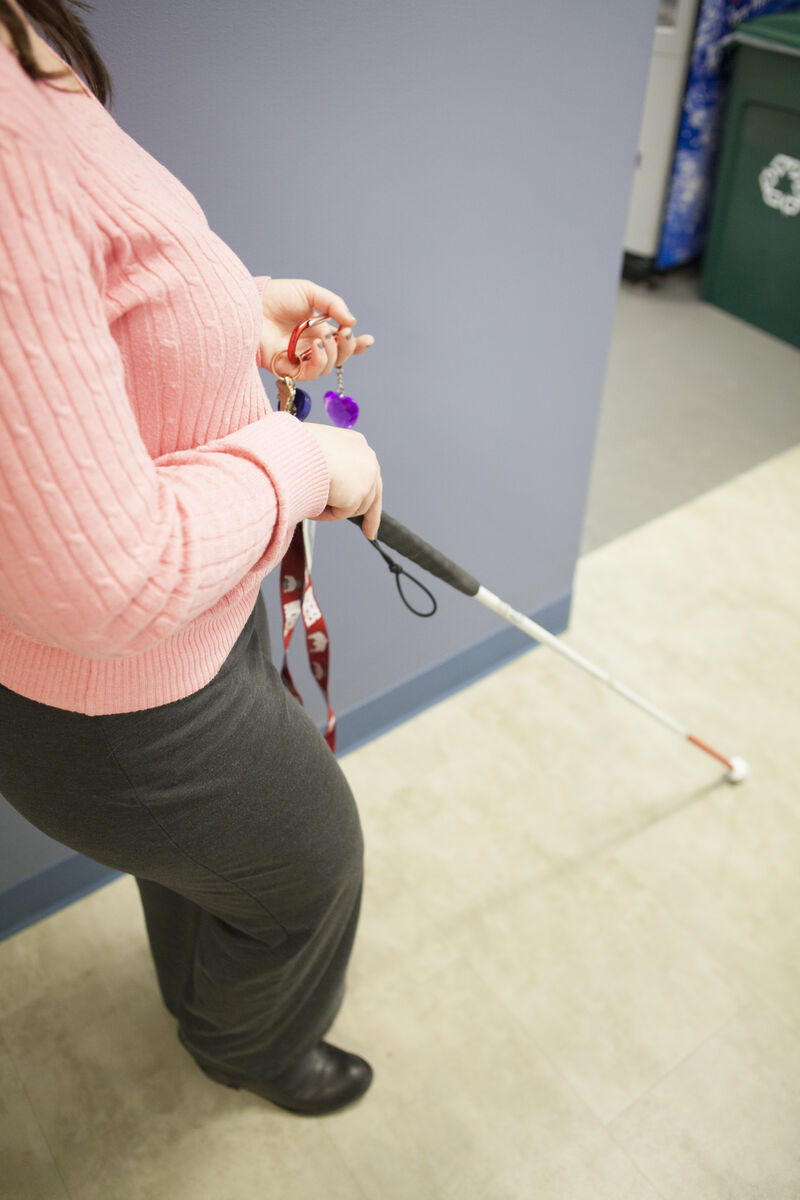History
Established as Cleveland Society for the Blind in 1906 and known today as Cleveland Sight Center (CSC), our agency has long been a resource and advocate for those who are blind or visually impaired. For over a century, CSC has provided vision rehabilitation, employment, children's and support services to Northeast Ohio residents of all ages.
Continuous Innovation
For over 100 years, CSC has nurtured innovators. The result has been a long list of unique and creative programs, which were the first of their kind:

- 1909: Pioneering partnership with Cleveland Public Schools to keep blind children in their communities
- 1922: First food service businesses operated by blind persons in the United States
- 1928: First camp dedicated to people who are blind or have low vision
- 1953: First community-wide glaucoma screening in a major city
- 1975: First national convention of deaf-blind persons held at Highbrook Lodge
- 1984: The STORER Center, one of the first assistive technology centers in the country, opens at CSC
- 1994: Share the Vision program created, the first peer mentoring program for seniors
- 2010: CSC adopted an evidence-based model for vocational services called “Supported Employment.” The effectiveness and efficiency of our program has set CSC apart from various competitors and resulted in partnerships with area companies to provide employment opportunities for people who are blind, have low vision or other work-limiting disabilities.
- 2012: CSC renovated its headquarters, becoming a model of accessible buildings in the United States, using color, textures and other cues in the building’s design.
- 2015: CSC continues to improve the services offered to those who are blind or have low vision in Northeast Ohio under the leadership of Larry Benders, who began his tenure as CSC's 10th President and Chief Executive Officer on April 27, 2015.
- 2019: The Medicaid rule 5160-10-30 includes coverage for ambulation aids under durable medical equipment, which previously covered canes, crutches or walkers but excluded coverage of white canes.
- 2023: CSC renovated its Store, Clinic and Occupational Therapy spaces to ensure a seamless patient experience.
Influential Advocates
CSC has a rich history of community leaders who have provided opportunities and overcome challenges for those who are blind or visually impaired.
- 1907: Robert Irwin, a blind Harvard graduate, proved visually impaired children could succeed in Cleveland public schools. His findings verified the idea of “mainstreaming” a half-century before it became an educational buzzword.
- 1918: Industrial giant Caesar Grasselli donated his home to create the first permanent location for the Cleveland Society for the Blind.
- 1930s: Lubrizol founder Kelvin Smith and his wife Eleanor became involved with Cleveland Sight Center, a commitment that lasted over 50 years and continues today through the Kelvin and Eleanor Smith Foundation.
- 1980s: James P. Storer, a blind broadcasting executive financed one of the nation’s first digital technology centers to provide technology to others with similar vision impairments. These advocates were able to achieve success with the support of private funds and endowments.
Affirmation of Excellence
Beginning in 1968, CSC has maintained national accreditation at the highest level, first through the National Accreditation Council for Agencies Serving the Blind and Visually Handicapped and, since 1982, through CARF (Commission on Accreditation of Rehabilitation Facilities). CSC has consistently received Charity Navigator’s highest ratings, which are a reflection of excellent financial stewardship and commitment to accountability and transparency.







